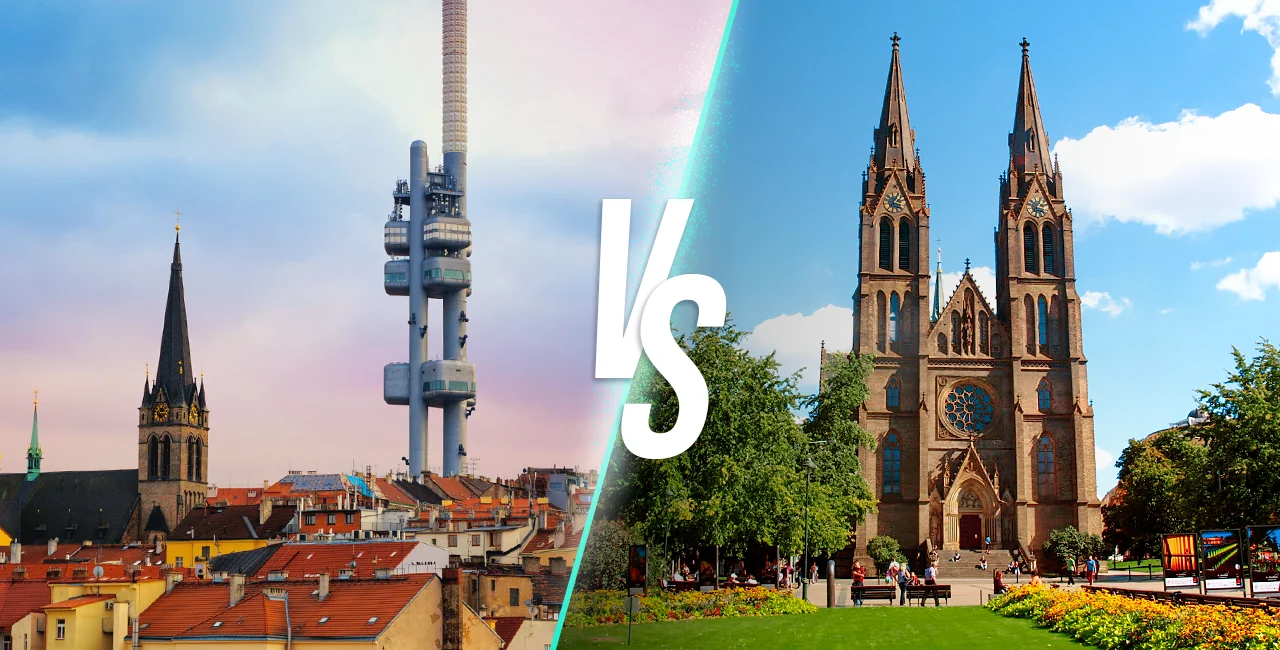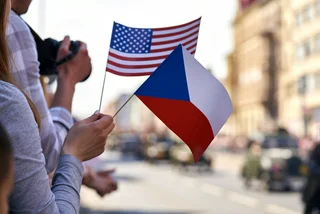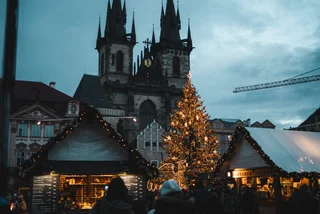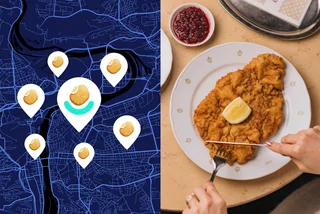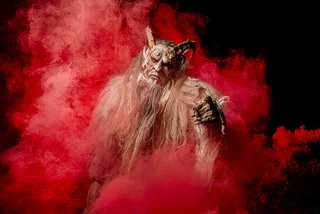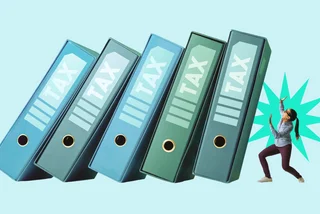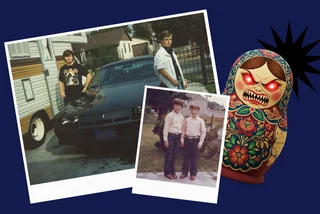This is part of a series of student articles written during a journalism course at Anglo-American University in Prague.
The areas surrounding Flora and Jiřího z Poděbrad are in a territorial limbo. Some say the upscale restaurants and farmer's market belong to Vinohrady while others argue they are the face of the "new" Žižkov. So, just how gentrified has Žižkov become?
Originally an industrial suburb for the Czech working class, Žižkov has undergone a metamorphosis with minimalist coffee shops and design stores inhabiting the ground floors of apartment buildings.
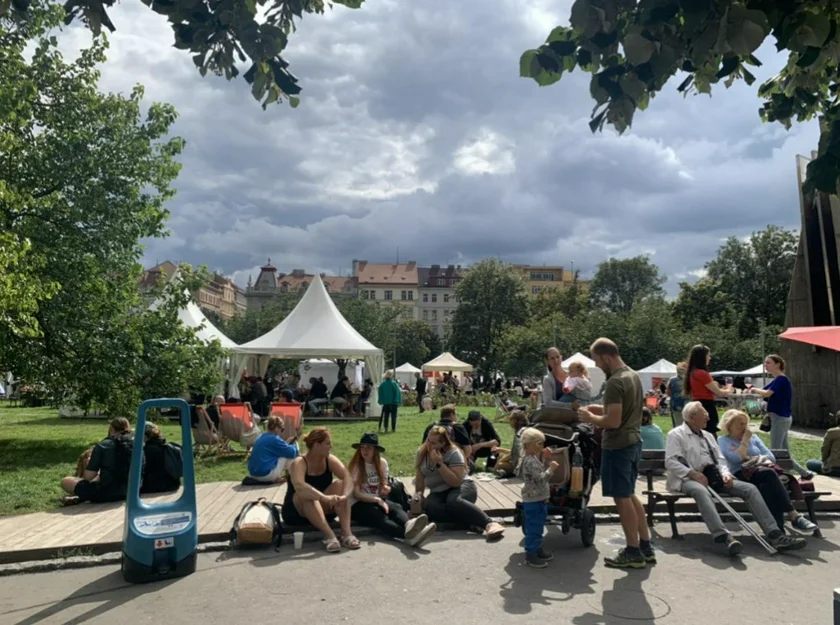
Some residents claim that the district is feeling the influence of its proximity to Vinohrady's swishy Jiřího z Poděbrad Square (which the English-speaking locals shorten to JzP).
But with its vegan bistros and curated second-hand shops, high-end pet stores and zero-waste food markets, the once "dangerous" Žižkov is becoming increasingly attractive to students and young families.
Prague's younger homebuyers as well as renters are flocking to the neighborhood. Czech Statistical Office sociodemographic data from 2021 shows that people aged 25 to 45 represent a significantly higher portion of the population in the area.
CZSO data also shows the average age of a Žižkov resident was between 30 and 35, while the average age of a Prague resident was 41.
While numerous travel blogs once deemed Žižkov Prague's 'grittiest' corner and locals still remember (with a certain pride) when tram 9 was one of the unsafest rides in the city, the district has become a hub of culture, nightlife, and residential living.
When looking at the upper part of the area, there seems to be a consensus that it is in fact changing and becoming more expensive. A local coffee aficionado shares this view, saying that CZK 75 for a cappuccino, which is the average price near JzP, "can be quite a lot."
Meanwhile, the lower side of the neighborhood close to the FK Viktoria Žižkov football stadium remains relatively unchanged. Its narrow streets and old, occasionally run-down buildings, many of which date back to the early 20th century, give the area a distinct working-class feel.
"Žižkov is big, and while I do consider the part of it bordering with Vinohrady to be gentrified, the lower areas near Olšanská are less so," a local resident clarifies, adding that, the further from the metro stations you go, the less gentrified those areas are.
Whether or not Žižkov will be officially crowned as Prague's next "it" neighborhood, similar to Prague's 7 Holešovice, once a slaughterhouse district now the epicenter of hipster life, one thing is for sure: its reputation as an up-and-coming destination is spreading, and more and more businesses have started catering to a younger clientele.
However, if matcha lattes and cronuts are not for you, do not fret; at least a part of Žižkov will maintain its character and authenticity, as well as its lower prices and less commercialized atmosphere.












 Reading time: 2 minutes
Reading time: 2 minutes 